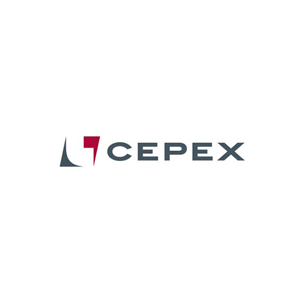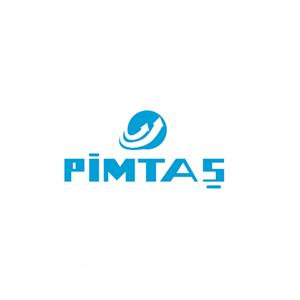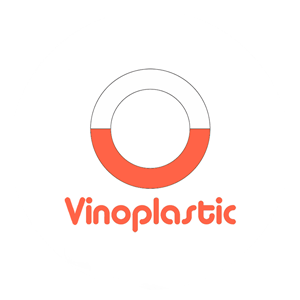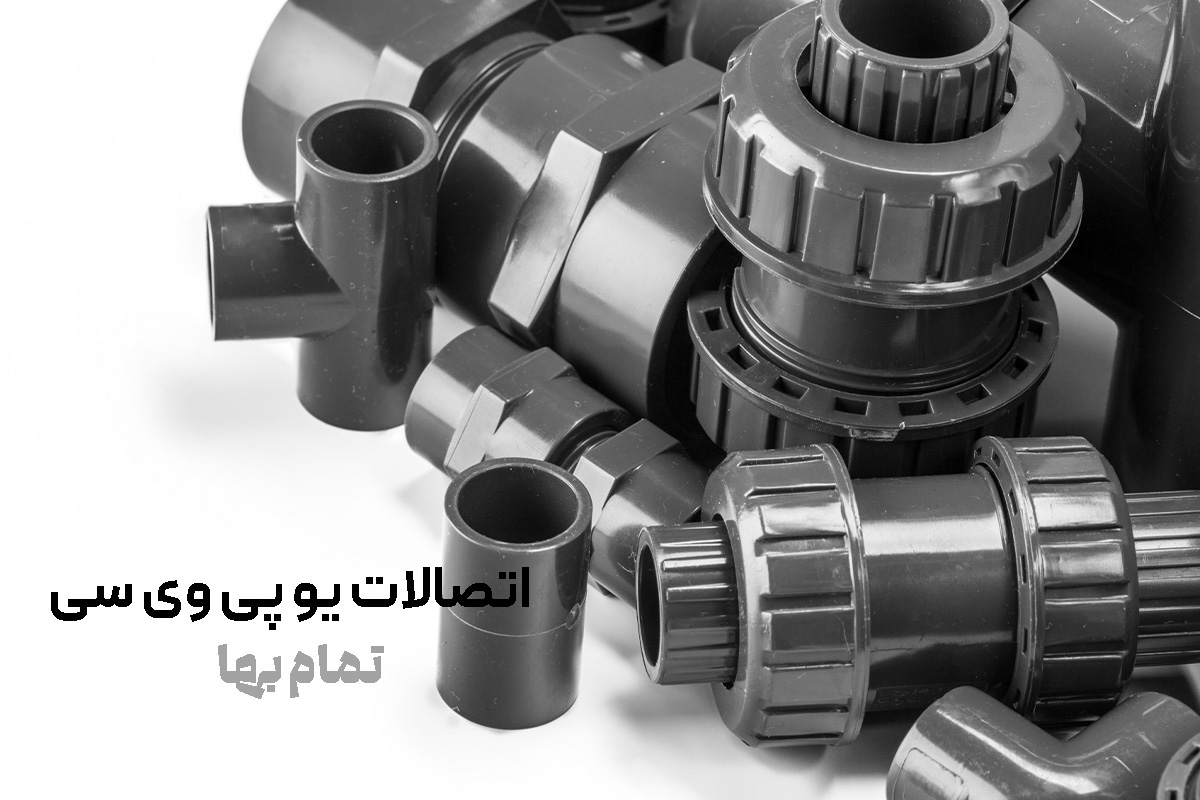Modern piping systems need products more than ever that are technically able to withstand hydraulic pressures and chemical agents, and are also considered economical and environmentally friendly. UPVC (unplasticized polyvinyl chloride) fittings are a comprehensive answer to this need—a engineered material that, by combining excellent physical properties, very long service life, and recyclability, has found a special place in water supply projects, sewage, process industries, and marine structures. The following text provides a reference, all-around guideline for engineers, employers, and contractors to select, design, and apply UPVC fittings with maximum accuracy and minimum risk.
Composition and Manufacturing Process of UPVC Fittings
The UPVC formulation consists of rigid polyvinyl chloride together with tin- or calcium/zinc-based heat stabilizers, acrylic processing aids, internal and external lubricants, mineral fillers (usually calcium carbonate with controlled particle size), UV-resistant pigments, and in advanced cases a vinyl chloride/vinylidene chloride copolymer. In most extrusion or injection lines, the process temperature is 175–195 °C and the melt pressure is 120–150 bar. Applying vacuum in the calibration chamber removes moisture and ensures wall-thickness uniformity. After exiting, parts are cooled in a cold-water tunnel or mist spray to 60 °C to reduce residual stress. Quality control for each batch includes Charpy impact, flexural modulus, hydrostatic pressure at 1.5×PN for 1,000 h, and a lead-ion migration test (for lead-free formulations).
Structural and Performance Advantages
- Broad chemical stability: resistant across pH 2 to 12 with no significant loss of tensile strength.
- Oxygen impermeability: diffusion coefficient of 6 × 10⁻¹⁶ cm²/s at 25 °C, which suppresses biofilm growth.
- Insulating properties: specific electrical resistivity of 10¹⁴ Ω·cm, ideal for cable conduits and data-center infrastructure.
- Improved impact strength: with 5 phr CPVC modifier and MBS rubber reaches 35 kJ/m² in the Izod test.
- High modulus of elasticity: 3.2 GPa at 23 °C enabling precise design of threaded parts.
- Self-extinguishing behavior: oxygen index > 45 % and UL-94 V-0 classification.
Comparison of UPVC with Other Common Materials
| Key feature | UPVC | Polyethylene (PE100) | Galvanized steel | CPVC |
|---|---|---|---|---|
| Nominal pressure range (PN) | 6–16 bar | 6–25 bar | 10–40 bar | 6–25 bar |
| Max continuous operating temperature | 60 °C | 40 °C | 95 °C (with insulation) | 90 °C |
| Roughness (Hazen–Williams C) | 150 | 140 | 120 | 145 |
| Corrosion resistance | Excellent | Excellent | Requires coating | Excellent |
| Estimated average service life | 60–100 years | 50–75 years | 25–40 years | 50–75 years |
| Recyclability | Yes | Yes | Yes (high cost) | Yes |
| Relative installation cost | Low | Medium | High | Medium |
Relevant International and National Standards
The following codes and standards are most frequently cited in Iranian projects:
- ISO 1452-3 for pressure UPVC pipe and fittings; geometric and mechanical requirements.
- EN 10226-1 for tapered/parallel threading on screwed fittings.
- DIN 8063 design guideline for UPVC networks at PN6 to PN16.
- ISIRI 9118 for impact and long-term creep testing in Iran’s tropical climates.
- ASTM D1785 reference for Schedule 40/80 production for Middle East export markets.
Types of Fittings and Specialized Application Areas
- Solvent-cement PN10 fittings: 90° elbows for cooling-tower chilled-water networks; reducing tees for high-rise residential sewage systems.
- Threaded fittings reinforced with steel bush: union fitting rated to 16 bar on reverse-osmosis (RO) feed lines.
- Spigot flanges: connecting vertical multistage pumps to the main collector in water treatment plants.
- Push-fit couplings: suitable for emergency repair of municipal water-distribution lines without shutting flow.
- Two-part injection clamps: rapid tapping on 160 mm sprinkler-irrigation networks.
Comprehensive Guide to UPVC Network Installation and Execution
- Pipe preparation: 90° cut with HSS blade; remove inner and outer burrs to 0.2 mm.
- Use of cleaner: 60 % methyl ethyl ketone solution to remove grease.
- Solvent cementing: adhesive film thickness 0.4 mm; open time 8 s at 25 °C.
- Push-fit sealing: food-grade silicone-based grease (NSF-61) on the O-ring; insertion depth per pipe marking.
- Hydrostatic test: 1.3× working pressure for two hours; allowable pressure drop ≤ 0.02 MPa.
| Connection method | Execution speed | Tool cost | Separability | Suitable diameter |
|---|---|---|---|---|
| Solvent cement | High | Very low | Permanent | 16–160 mm |
| Threaded | Medium | Low | Semi-permanent | ≤ 110 mm |
| Flanged | Low | Medium | Full | 65–315 mm |
| Push-fit with O-ring | Very high | Very low | Semi-permanent | 32–200 mm |
Maintenance, Inspection, and Troubleshooting
A visual inspection every six months is recommended to check for leakage at threaded and flanged joints. For underground lines, ultrasonic thickness testing after the tenth year helps identify localized creep. At temperatures below 0 °C, keep hydraulic shock velocity under 1 m/s to prevent brittle failure. For capillary leakage, using a stainless repair clamp with an NBR inner liner is a quick, temporary remedy until replacement.
Hydraulic and Mechanical Design Requirements
- Loss coefficient (K) for a 90° solvent-bonded elbow of 110 mm diameter is 1.5 and should be included in total head calculations.
- Linear thermal expansion coefficient of UPVC is 65 × 10⁻⁶ K⁻¹; at ambient +40 °C, provide a sliding spacer or an expansion joint every 6 m.
- Allowable stress (σ_allow) is σ = 0.25 × σ_long-term; for PN16 this equals 10 MPa.

Environmental Aspects and Recycling
UPVC retains its mechanical properties for up to five thermal recycling cycles. In Europe, under the VinylPlus 2030 initiative, a recycling rate of 900 kt/yr is targeted, and post-consumer waste is used in window profiles, cable ducts, and even low-pressure fittings. The phase-out of lead stabilizers and replacement with calcium/zinc compounds has been common in Iran since 2015, reducing the risk of Pb in drinking water to below 2 µg/L.
Costing and Project Economics
Life-cycle cost (LCC) studies show that in an urban network of 160 mm diameter and 10 km length, installation accounts for only 18 % of total project cost for UPVC; the figure is 34 % for galvanized steel and 27 % for fiberglass. Reduced downtime due to the absence of periodic maintenance enables payback in medium-sized treatment plants within the first three years.
Tamam Baha: A Trusted Supplier of UPVC Fittings in Iran
As an official supplier of leading UPVC pipe and fitting brands, Tamam Baha offers a complete range of elbows, tees, flanges, unions, and couplings in 16–315 mm sizes with ISO 1452 certification, stocked in Tehran and industrial zones nationwide. With broad availability, fast dispatch, and the option of pre-purchase technical consultation suited to international specifications, the company is a dependable choice for MEP contractors, pool builders, and process designers—while customers may, of course, procure from other reputable suppliers if their project requirements or regional logistics call for it.






